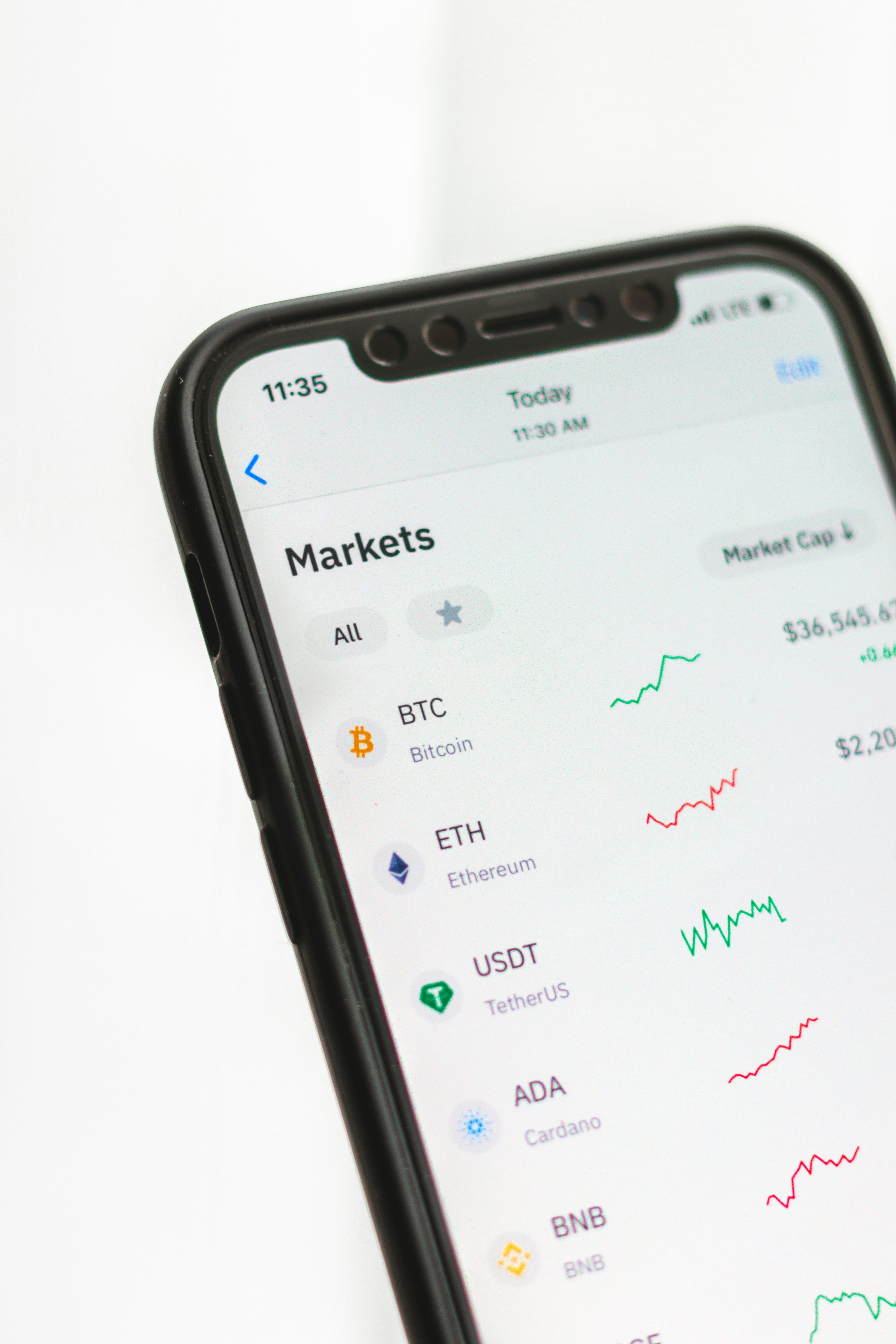The Future of Crypto Leverage Trading: Trends and Innovations to Watch

Cryptocurrency is volatile yet several traders have been able to amass wealth from trading these digital assets. One powerful tool traders employ to be successful in the cryptocurrency market is leverage. Leverage helps traders to use minimum capital to operate large positions. Experienced traders use leverage to increase their potential returns in markets like stocks, forex, and crypto.
If you are unfamiliar with crypto leverage trading we’ll introduce you to the concept and answer questions like; what is leverage trading? What are the types of crypto leverage trading you can benefit from? How does leverage work in cryptocurrency?
Crypto leverage trading is undergoing rapid evolution, with several key trends and innovations shaping its future. In this publication, we will explain the concept of crypto leverage trading and highlight the trends and innovations ahead as crypto leverage trading evolves.
Overview of Crypto Leverage Trading
Leverage is a financial instrument that allows traders to amplify their market exposure beyond their initial investment. With leverage, traders can use borrowed funds from a broker or exchange to increase their purchasing power. The borrowed fund is then used to open larger positions that their funds couldn’t open initially. Crypto leverage lets traders borrow funds to trade more crypto to magnify their profits if the market moves in their favor, however, if the market moves against them their losses will be magnified.
Staying informed about future trends and innovations will help traders protect their investments from crashes. Traders will be able to predict market volatility, which will enable them to adjust their leverage position in anticipation of high volatility. Knowledge of trends and innovation will help traders make informed decisions, traders will be able to set themselves in the right position to capitalize on market opportunities and increase their profits. Staying informed would help traders gain a competitive advantage and avoid legal issues to ensure compliance as new regulations arise.
Future of Crypto Leverage Trading: Trends and Innovations
In this section, we will have an overview of five (5) trends and innovations stakeholders utilizing leverage in crypto leverage should note and observe:
1. Regulatory Landscape
While many jurisdictions have yet to establish clear regulations for crypto leverage trading, there’s a growing trend toward stricter oversight. This could involve licensing requirements, capital adequacy ratios, and consumer protection measures. Self-regulation and industry standards will also play a crucial role in ensuring fair practices and mitigating risks.
2. Technological Advancements
Blockchain technology provides the underlying infrastructure for cryptocurrencies and their derivatives. Smart contracts can automate processes, reducing the risk of human error and ensuring transparency. Artificial intelligence and machine learning can analyze vast amounts of data to identify patterns and inform trading decisions.
3. Risk Management Innovations
Robust risk management is essential in crypto leverage trading due to its inherent volatility. Advanced tools like VaR (Value at Risk) and stress testing can help quantify and manage risks. Future innovations may include more sophisticated risk models that incorporate factors like market sentiment and macroeconomic indicators.
4. Trading Platforms and Interfaces
Trading platforms are constantly evolving to provide better user experiences. This includes intuitive interfaces, personalized settings, and advanced charting tools. Social trading features, such as copy trading and community forums, can also foster knowledge sharing and innovation.
5. Derivatives and Structured Products
Crypto derivatives, like futures and options, have gained popularity as investors seek to hedge their positions or speculate on price movements. Structured products, which combine different financial instruments, offer tailored investment solutions. Innovation in product design and pricing will continue as market participants seek new ways to meet investor demand.
However, derivatives also carry significant risks, and understanding their complexities is crucial for successful trading.
